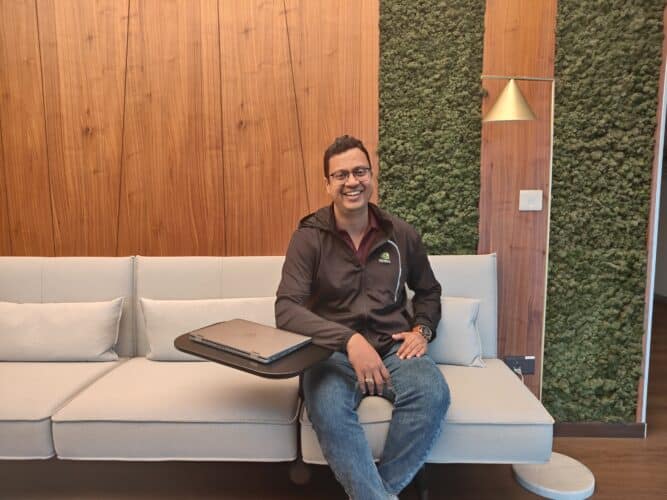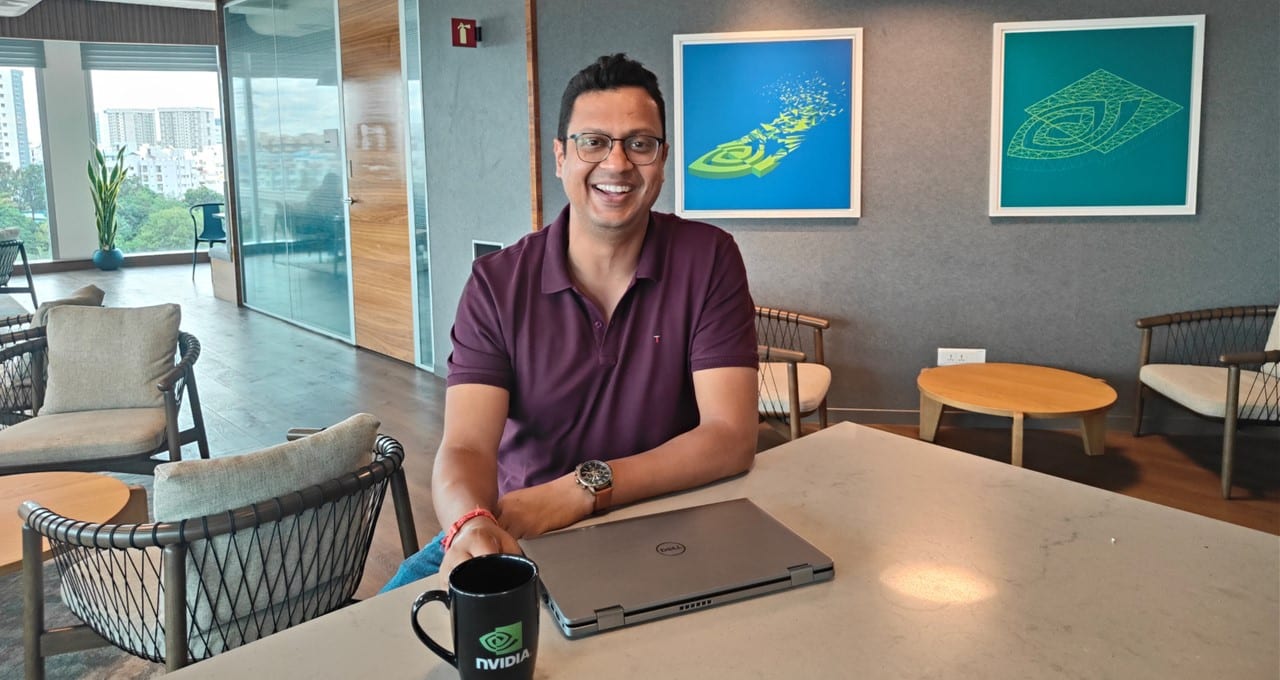Kaushal Agarwal has his wife, Archana, to thank for leading him to NVIDIA.
Following their wedding in 2011, the couple moved from Noida to Bangalore, a city Archana had fallen in love with while studying dental surgery there. Agarwal learned that NVIDIA was organizing a recruitment drive, applied and was soon offered a position in the system architecture group.
Twelve years later, he’s a distinguished engineer with the Tegra system architecture team working on next-generation memory subsystem architecture.

What’s the biggest challenge you’ve faced?
During my early days here, my manager assigned me to a project that had an initial estimated timeline of six months for an elaborate design. However, he requested that we produce a working setup in two weeks and guided us through the process, encouraging us to focus on the primary requirements. By doing so, we got the setup working in 12 days.
I received my first appreciation email, calling the project a poster child for lean innovation. This experience set the tone for me early on and helped me understand what “speed of light” means at NVIDIA. It isn’t about achieving the perfect design no matter the cost — it’s about prioritizing and making thoughtful choices along the way.
Is there an accomplishment you’re most proud of?
Defining the address translation architecture to support shared virtual memory for GPUs on the Grace Hopper platform is a project close to my heart. It involved working with the Arm system memory management unit team to define a new architecture specification for guest direct invalidations on the unit. The project was completed in two years and the NVIDIA Grace Hopper Superchip architecture today operates seamlessly on silicon and brings together the groundbreaking performance of the NVIDIA Hopper GPU with the versatility of the NVIDIA Grace CPU.

What does it mean to you to do your life’s work at NVIDIA?
My passion for technology runs deep, and I’m constantly energized by the rapid changes taking place in our field. Memory subsystem architecture is undergoing accelerated changes due to factors such as security, confidentiality and performance-per-watt requirements. This brings a new set of challenges every day, and that’s what I love about my job.
What do you have going on outside NVIDIA?
My life revolves around my family. As working parents, my wife and I prioritize finding a balance between our careers and spending time with our children. During the pandemic, I discovered a passion for badminton and introduced my eight-year-old son to the sport. My four-year-old daughter is at an age where everything fascinates her — however, her passion for art is evident.
Learn more about NVIDIA life, culture and careers.
